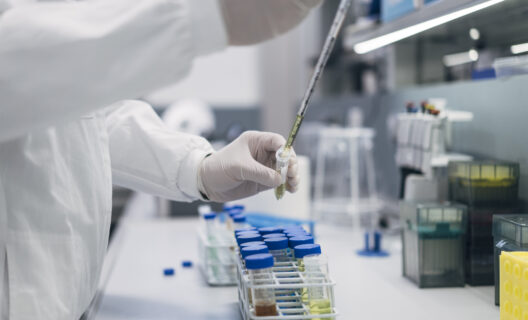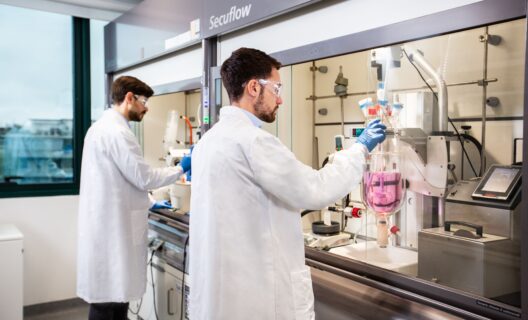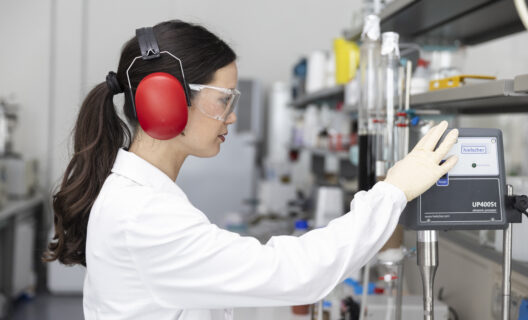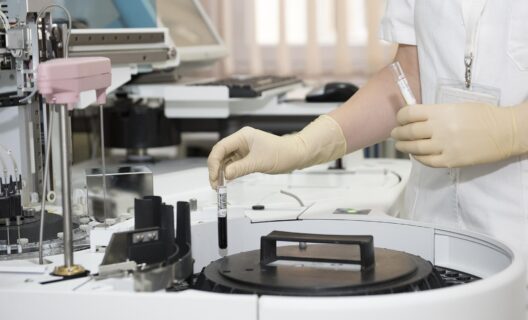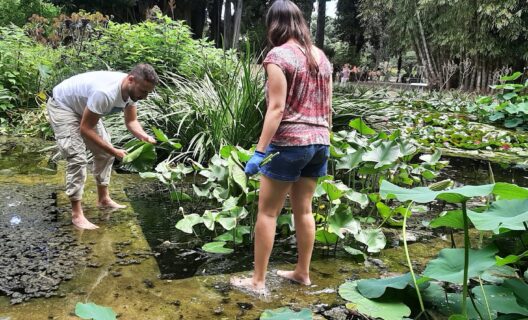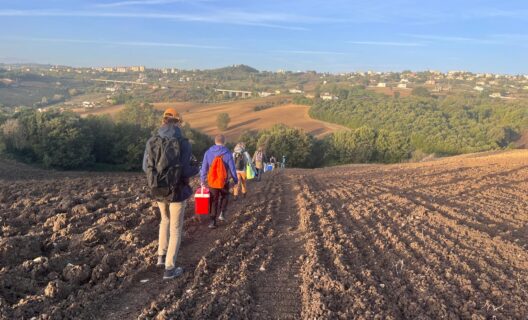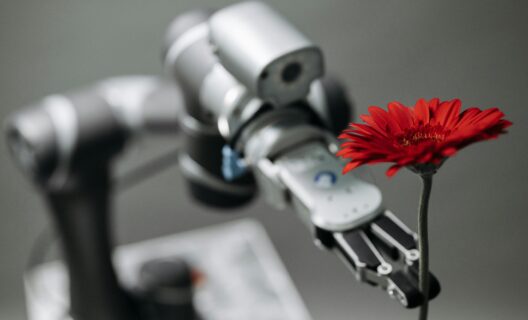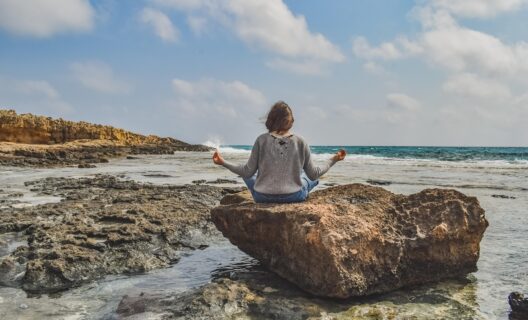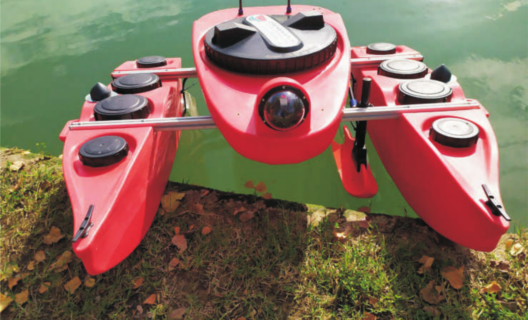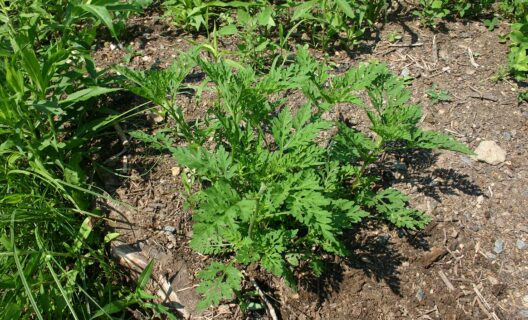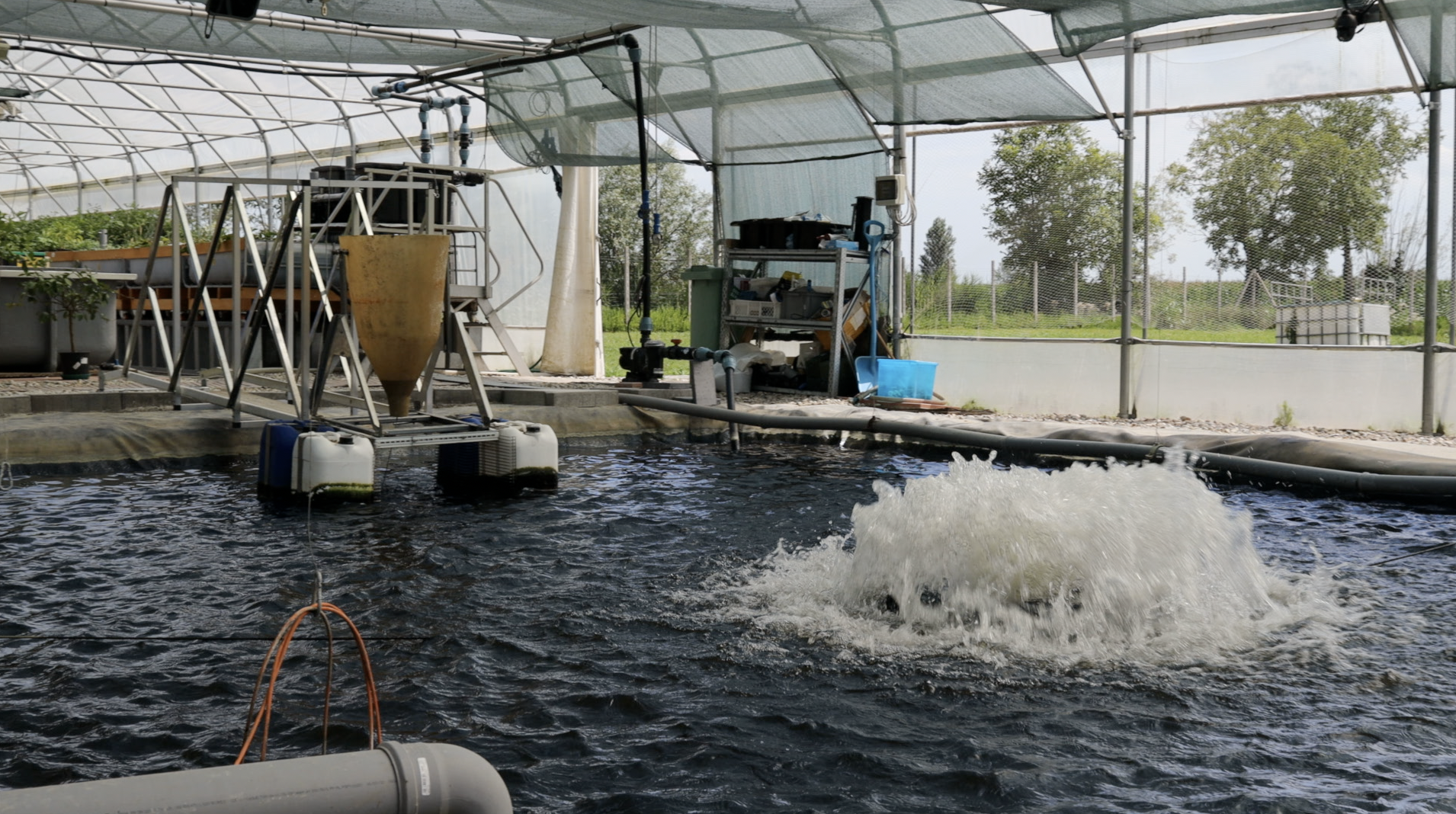

Reading time
0 min
From environmental biodiversity to microbiological biodiversity, the Fish&I project as told by one of the protagonists.
Micaela Tiso is the managing director of Micamo Lab, a biotech company founded as a spin-off from the University of Genoa that focuses on environmental microbiology and molecular biology. Together with Nutri-tech and Ideaas (project leader), Micamo Lab is participating in Fish&I, a project involved in a challenge that is as ambitious as it is necessary: to create an intelligent, sustainable, industrial and scalable aquaponic module, that is, a system capable of growing fish and vegetables together, thanks to the use of advanced technologies such as artificial intelligence and IoT and the intervention of microorganisms.

""
Dr. Tiso, would you like to introduce us to the Fish&I project?
“With pleasure! To do so, however, I need to explain something about aquaponics. Aquaponics is an integrated and sustainable system that combines fish farming with plant cultivation in a closed loop. In this system, fish are raised in tanks and, through their metabolism, produce wastes rich in nitrogen compounds. These wastes are converted into essential plant nutrients through the action of nitrifying bacteria. The now-enriched water is piped to the roots of the crops, which absorb the nutrients needed for their growth while filtering and purifying the water. Once purified, the water returns to the tanks of the farms, allowing the resources to be recycled. This delicate balance between fish, bacteria and plants creates a natural symbiosis that makes the system particularly efficient and environmentally friendly.”
""
The advantages of the new system
What are the advantages over traditional fish farming?
“One of the main advantages is that because it is an integrated ecosystem, we do not use any pesticides or chemicals. We can’t, because they would alter the biological balance. The whole process is based on the concept of circular economy, that is, a model where waste from one production becomes a resource for another. In addition,water is continually reused, resulting in significant savings compared to traditional livestock farming. Our goal is to make all this not only functional, but also certifiable, so that the aquaponic module can be adopted on a large scale with all the necessary guarantees.”

""
So are we talking about a sustainable ecosystem from an economic point of view as well?
“Yes, absolutely. Economic sustainability for us is critical. We want those who invest in an aquaponic module to know exactly what productive return they can expect, in terms of kilos of fish and vegetables. That is why we will carry out studies such as carbon footprint and LCA(Life Cycle Assessment) analysis, which are fundamental tools for measuring the environmental impact and productivity of the entire process. Our goal is to make this model replicable and beneficial for small and medium-sized companies as well.”
""
An adaptable solution
Is there also an issue of adaptability to context?
“Absolutely. The microorganisms we use are not artificially inserted, but rather selected from those already present in the local environment. This means that in each context different microbial consortia develop, capable of adapting to specific conditions, such as water temperature or the type of fish being raised. For example, in Lombardy we work with tench and catfish, but in Sicily we could use different species and microorganisms, always checking the efficiency of the system.”
""
Technology for nature
How does the technology part work?
“We have a network of sensors that continuously monitor key parameters such as temperature, pH and ammonia concentration. All of this data is then analyzed, tracked and stored securely for later exploitation by an artificial intelligence system, which interprets it and flags any anomalies. For example, if a fish is moving little or eating less than usual, it detects this and suggests an intervention, thanks to data analysis from the AI. The idea is to simplify the management of the system, making it accessible even to those without direct experience in aquaponics.”
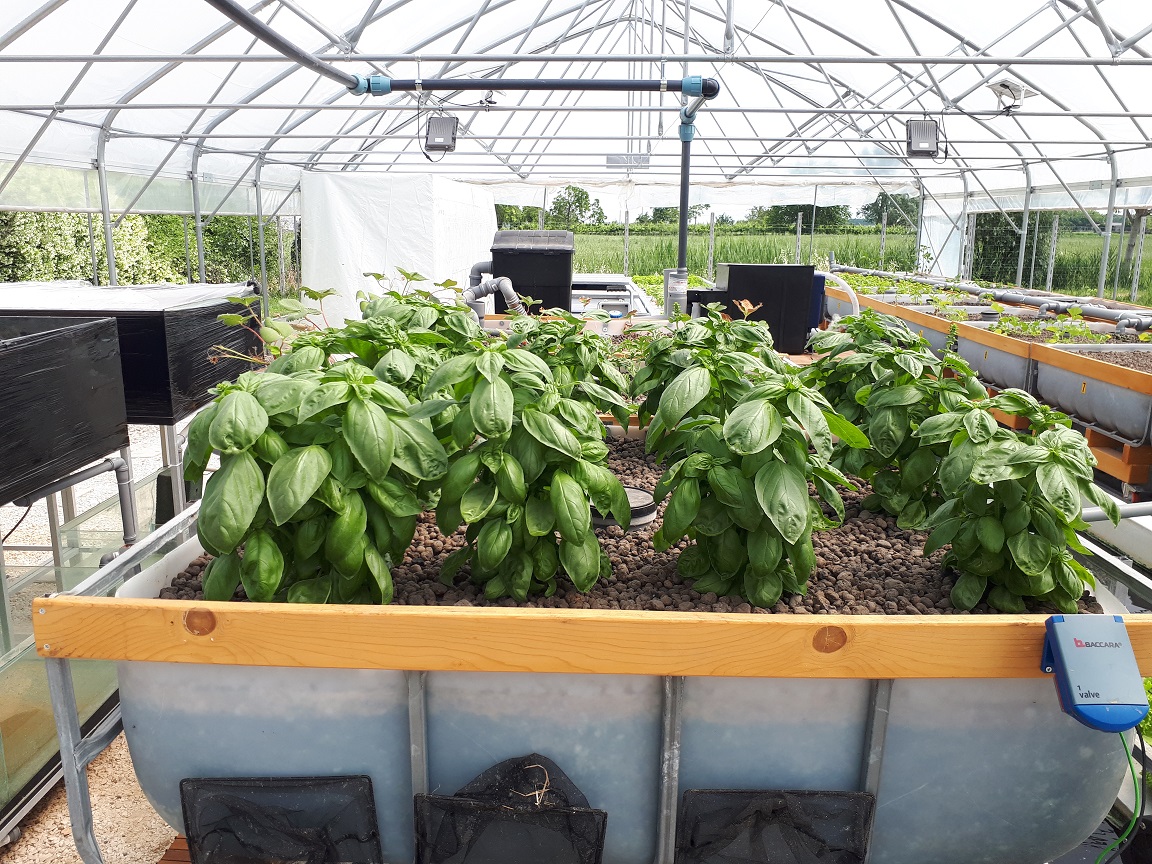
""
What species are involved?
“As for fish, tench and catfish, which are in high demand and appreciated in Emilia. As for plants, we have started crops with lettuce, onion and tomato, but our partner Nutri-Tech has also experimented with other varieties, focusing in particular on typical local products. The idea is also to enhance territorial excellence.”
""
Productivity and next horizons
Does the module work all year round?
“Yes, that is the goal. We want to ensure production continuity for 12 months of the year. To do this, we place the system under a greenhouse and select microorganisms that can work even at low temperatures. We are also experimenting with a system that, from excess ammonia, can produce hydrogen to be reused as energy. It is not ready yet, but we are working on it-it could be a big step forward in terms of energy self-sufficiency.”
""
What will be the next steps?
“We are in the process of completing all the technical documentation required for certifications, including production specifications. In addition, we want to invest in outreach: we will publish video content, illustrative diagrams and updates on our website. We want as many people as possible to understand what aquaponics is and what opportunities it offers.”
""
A message you would like to convey to other companies?
“I think it is crucial today to really believe in biodiversity and sustainability, but not just in words. You have to design every product from the very beginning so that it is sustainable throughout its life cycle. The Fish&I project is co-financed: we companies put in 30 percent of the resources, which means we believe in it deeply. If all the companies involved do their part, we can really change the way we produce food, making it more respectful of the environment and future generations.”
Protagonists of the interview
Micaela
Tiso
- CEO di Micamo Lab
- Micamo Lab
- m.tiso@micamo.com Copia indirizzo email
Listen to other voices
Discover other voices and new perspectives: biodiversity told by those who study it, protect it and make it known


